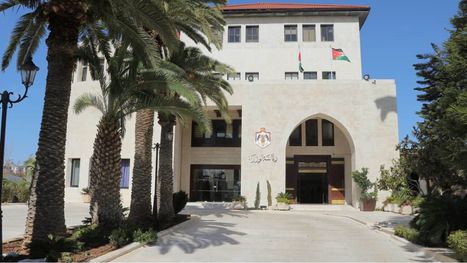
The Jordanian government approved a draft law Budget General Assembly for the fiscal year 2025; In preparation for referring it to the House of Representatives in the coming days.
According to what the government revealed, the draft budget law expected total expenditures for the new year to reach 12.5 billion dinars ($17.6 billion), which is the highest budget in the country’s history.
The new public spending budget increased by about 16.5 percent from its re-estimated level for 2024. This is to cover financing major projects, building new hospitals and schools, and maintaining existing hospitals and schools, according to a clarification from the government.
The draft law also reduces the primary deficit in 2025 to 2 percent of GDP, compared to 2.9 percent in 2024.
Last year, the 2024 budget amounted to about 10.3 billion dinars ($14.5 billion) in a country that is suffering from many economic crises.
The government said, according to what was reported by the official Petra news agency, that the draft budget law for next year is based on realistic assumptions and comes in line with the requirements for implementing the economic modernization vision by allocating the necessary financial allocations to begin implementing major projects. Such as the National Water Transport Project, and the railway linking the port of Aqaba to the mining areas of Al-Shidiya and Ghor Al-Safi.
She stated that the draft law comes in light of exceptional regional circumstances and challenges that put pressure on economic activity, investment climates, and tourism activity, which means that achieving the development vision sought in the draft budget law will require diligent government efforts to provide sufficient spending to implement major development and strategic projects, attract foreign investment, and reduce service growth rates. External debt for the coming years, according to Petra.
In the new budget, the percentage of external grants in total domestic revenues continued to decrease, as between 2004 and 2008 AD it was approximately 17.22 percent, and between 2009 and 2013 AD approximately 13.15 percent, and between 2019 and 2022 AD it reached 11.18 percent.
Show related news
The draft budget law was based on expectations that the national economy would grow in real terms by about 2.5 percent and in nominal growth by about 4.9 percent, while maintaining moderate inflation rates, which would contribute to enhancing financial and monetary stability.
And he continues Public debt In Jordan, it is at a high rate, as it reached 43.4 billion dinars ($61.23 billion) in the summer of this year.
The proportion of public debt to Jordanian GDP was approximately 116.1 percent.



